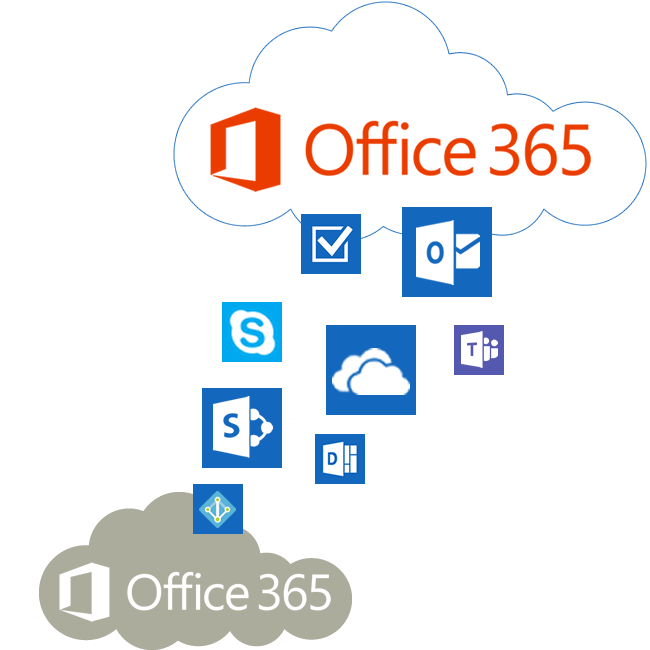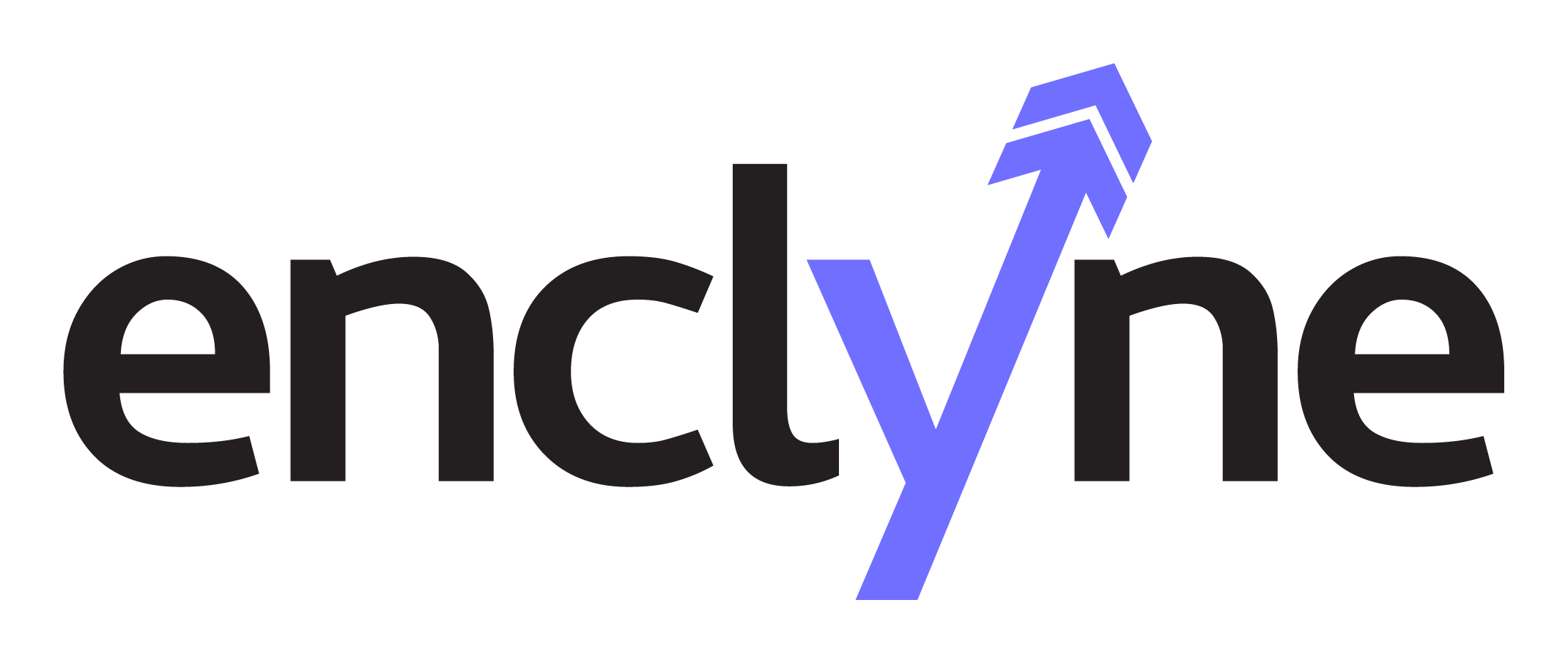5 Email Migrations Tips
Technology changed. You’ve been tasked with an email migration and you want to start off on the right foot. You’ve come to the right place! Below are 5 tips from an email migration specialist to help get your project moving.
#5 Know Your Options
Considering all the technologies available in the market today, there are likely a variety of email migrations strategies available to fit your needs. The best solution doesn’t necessarily require the most expensive tool. In fact, many solutions are a matter of choosing the right steps rather than the right tool. Some options flat out won’t (or don’t) work, and no solution is one-size-fits-all despite what advertisements may claim. Timing, approach, and the cost of learning new technologies should always factor into the decision as well. Do you have the time and resources to meet your goals?
When suggesting an email migration solution to customers, we ask a lot of questions and consider a lot of factors. Some of the factors we ALWAYS take into consideration are: Source technology, target technology, budget, deadline, site count & location, remote user count & location, helpdesk resource availability, mailbox size & count, retention solutions being used, and which identity management solutions are in play. Understanding how these all factor is a matter for another post, but it’s important to study up on these first and weigh your options before committing to a solution.
#4 Plan Everything You Can
Planning is essential for a smooth transition. At minimum you should evaluate: requirements for success, budget, timeline, resource availability (people), existing environment (what needs to move). Easier said than done, right? Once you know what you require versus what you have, the project should begin to come into focus.
At minimum you should evaluate the above factors, but additionally create a detailed list of all staff, operations, systems, and functions that could potentially be affected by migration, and address them accordingly. This includes settings and objects that must be migrated, as well as steps that need to be taken before, during, and after transition. The goal is to eliminate blind spots completely, thus adding more clarity into how things will pan out. This will allow you to properly budget and allot resources to the project. However, even the most meticulously controlled IT projects will have small bumps in the road! Avoid painting yourself into a corner by budgeting too conservatively or promising tight deadlines.
The best IT administrators know what they don’t know. Consider using external resources who may offer expertise that you may not currently have available on staff. Before choosing a partner, ask for similar project references or email migration testimonials.
#3 Formalize Your Project Plan
This Email Migration tip is for Project Managers… As any professional Project Manager will tell you, creating a maintaining a formalized project plan is the key to successful, on-time project delivery. In the case of email migrations, creating a formal project plan has been known to take longer than the migration itself, but can be key to a smooth transition!
Your plan should be based upon the list we mentioned above. An effective plan is organized into phases and sub-sections and includes step-by-step procedures for each action your team will take. The plan can be laid out with a dedicated tool like MS Project, or something as simple as Excel or pen & paper. It doesn’t matter; the goal is to make sure everyone is held accountable and that nothing is overlooked.
If you will be using an email migration partner, project planning is something they should be familiar with. Partners should offer Project Managers who can assist with managing your team and can quickly move you through the formalized project planning phase.
#2 Conduct a Test or Proof of Concept
No matter what migration strategy you choose, some level of testing will be necessary. As any experienced administrator knows, mail is often the hub of an organization’s productivity suite, so testing for every scenario is paramount. You’ll thank yourself later for nailing-down remote profile deployment when the CEO decides cutover weekend is a great time to take an unannounced trip to Tahiti!
With Exchange Hybrids, there should be minimal user impact and zero downtime, but configuration and testing can be complex from an admin standpoint. If your strategy includes stages or a pilot, you may have the luxury of a full proof-of-concept user experience, but a significant amount of testing will be required to ensure each phase transitions smoothly. With most cutover strategies, user impact should occur only during cutover, so planning and testing occurs well ahead of time using only a test environment and online resources. With a solid project plan in your hand, knowing what to test should be a breeze.
#1 Prepare Your End Users for Change
Email Migration Tip #1! If you want a smooth migration, you’ll need clear and concise end user communication before the transition. Surprisingly, this tip is underutilized by those who go it on their own.
If you have the resources, sharing a training video can be useful. Other organizations have the luxury of a pre-existing wiki or knowledgebase that users are accustomed to referencing. Luckily, we’ve found that three well-written “all staff” emails are all that are necessary for most projects. Providing dates, tutorials, and support links are the basic features to include. Try to avoid unnecessary backstory or details that users simply don’t need. It may be interesting to you, but it’ll bore them to tears!
Creating effective documentation can be a difficult and time-consuming task because it requires testing and proof-of-concept. The last thing you want are incorrect instructions come cutover day! Allowing users time to absorb the information you send them is also important. We always suggest that our customers incorporate extra time in their project plans for communications and urge them to keep deadlines flexible.
Don’t underestimate the complexities of modern email migration! Rapidly evolving technologies, a plethora of tools, overstretched staff, and simple human nature, can all lead to headaches if you let them. If you’re considering an experienced email migration partner for your next project, we’d love to help! We’ll get you on the right track and help you achieve success.
Contact Enclyne for more Email Migration Tips!

